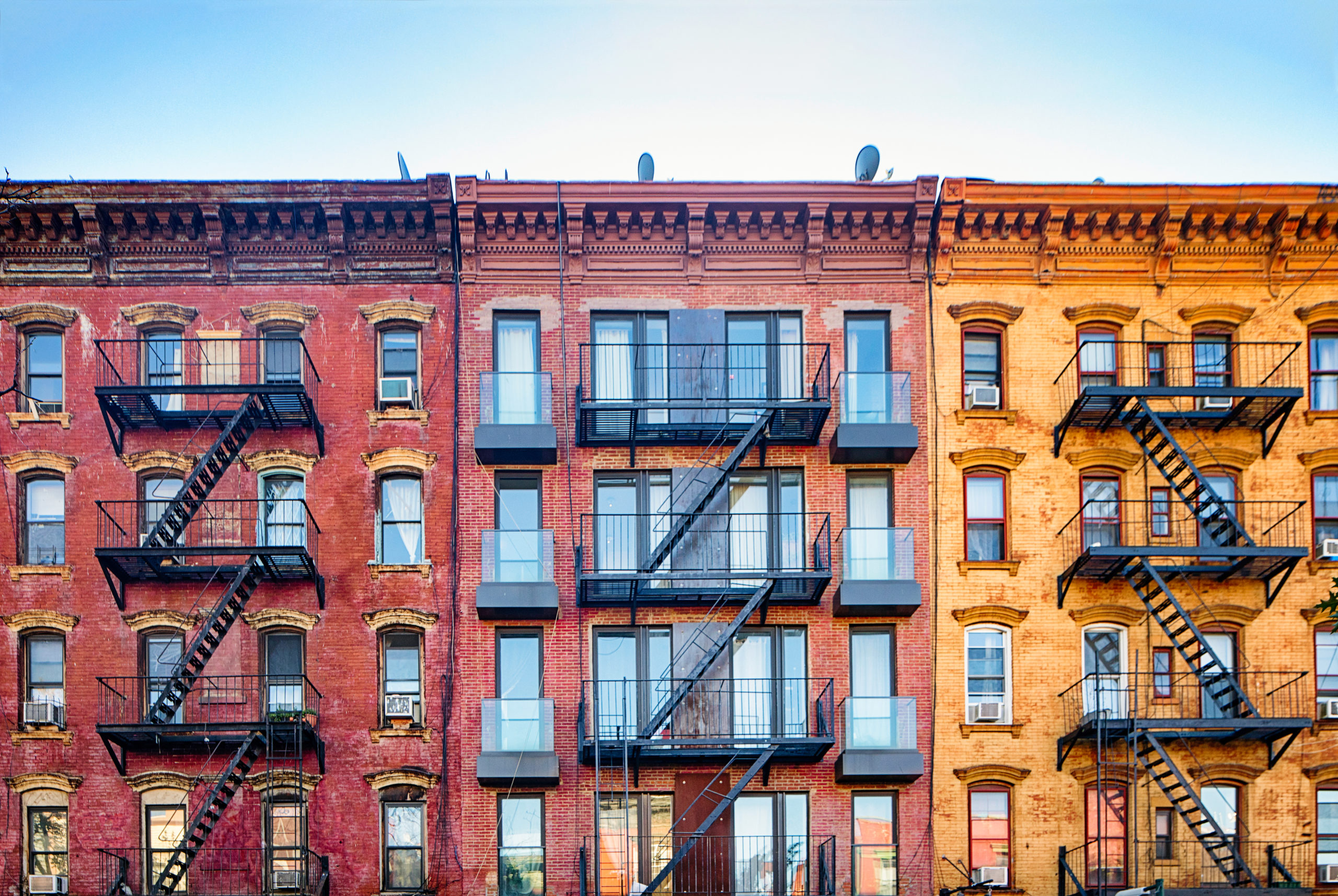Despite Significant Decreases Among Families, Youth, and Veterans, Overall Homelessness Increases 2.7 Percent
The U.S. Department of Housing and Urban Development’s (HUD) 2019 Annual Homeless Assessment Report (AHAR) to Congress reveals that an estimated 567,715 people were identified homeless on a single night in 2019. This represents a 2.7 percent increase over 2018.
The increases during this period were particularly striking among the number of people experiencing unsheltered homelessness. This population rose by 8.7%, including increases of 15% among unsheltered women, and 43% among people who identify as transgender. Other populations that increased included the total number of people experiencing chronic homelessness (+9%), and those who experience homelessness as individual adults (+6.3%).
The report reflects deep and persistent racial inequities among the people who experience homelessness: African Americans accounted for 40% of all people experiencing homelessness in 2019, despite being 13% of the U.S. population.
Despite the increases, three noteworthy populations experienced year-on-year declines during this period, including people in families (-5%), youth under 18 (-4%), and veterans (-2.1%).
The report shows that homelessness overall declined in more states (29 and the District of Columbia) than it increased in (21 states).
“This year’s report is as an urgent call to action to federal, state, and local leaders,” said Nan Roman, President and CEO of the National Alliance to End Homelessness. “We know how to end homelessness. Family homelessness has declined every year since 2012. And veteran homelessness went down eight of the past nine years. Now is not the time to abandon the practices that drove those results. Now is the time to get serious about funding them to scale.”
Roman attributes that success to alignment from the federal government, the homeless services sector, and philanthropy around evidence-based best practices for ending homelessness, and specifically to the adoption of Housing First principles. These approaches prioritize getting people into stable housing as quickly as possible, and connecting them to needed services to address health, substance use, child care, employment or other needs. This contrasts with stairstep, services first, and punitive programs which are far less effective and more expensive.
“Homelessness did not go up in 2019 because we don’t know how to solve it: we do. People who are housed are not homeless. It is from the safety and security of a home that services will work best for those who need them, and that people can connect with jobs, schools, churches, family and other community supports that will help them get back on their feet. So, we must do much more to get people back into housing faster,” Roman said. “The reason for the increase is that more and more people are falling into homelessness. They don’t make enough to pay for the housing that’s available. This year’s numbers must motivate our federal leaders to ramp up the resources for the evidence-based, housing-focused solutions to homelessness that are proven to work.”
A Renewed Focus
The report was released at a time when homelessness and affordable housing are increasingly in the public consciousness, and tensions run high about the causes and solutions.
For the first time ever, most candidates in the 2020 presidential campaign have elevated the nation’s affordable housing shortage as a priority domestic issue. At the same time, several of the West Coast’s largest technology companies have made major monetary commitments to address an affordable housing shortage for which they are often blamed.
Meanwhile, numerous communities attempted to pass harmful ordinances that would criminalize people for not being housed. These efforts were set back in December, when the Supreme Court declined to hear Martin v. Boise, a 9th Circuit Court case that had ruled that a city could not make it illegal for people to sleep outside if it had not made a sufficient number of shelter beds available.
“Any increase in homelessness is bad news. But we must be clear about the causes and solutions,” Roman said. “This isn’t the fault of the homelessness sector, and it is not the fault of people experiencing homelessness. It is the fault of systems that have failed our most vulnerable populations, and leaders who have failed to protect them. Our charge for 2020 is to remain committed to the best practices in ending homelessness, and to remain resolved to addressing the systems that cause people to become homeless.”

